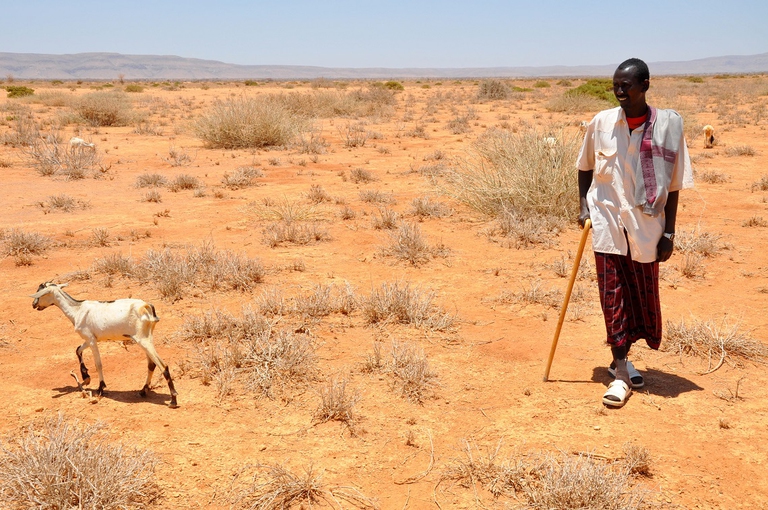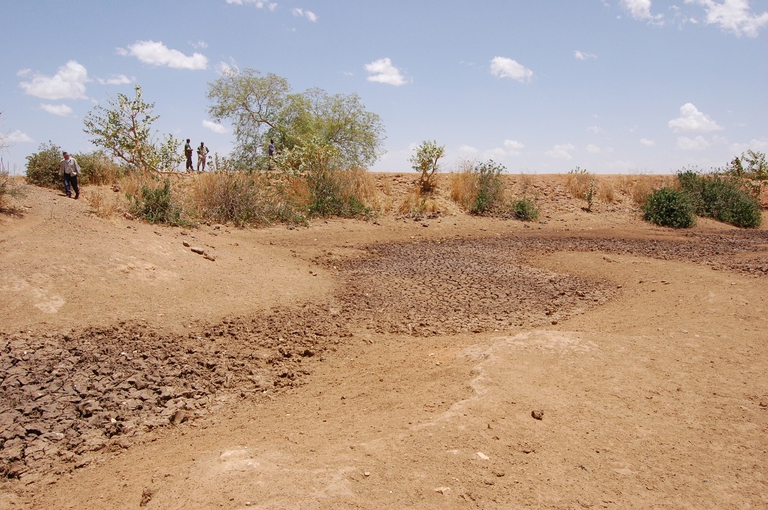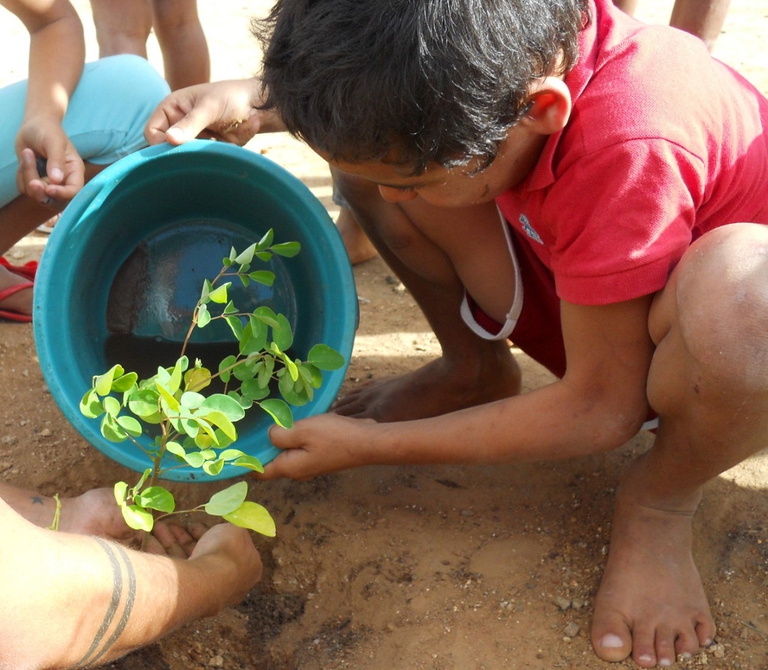
The Amazon became an alternative classroom during the pandemic. Now, the educational forest in Batraja, Bolivia, lives on to teach children and adults the value of nature.
Desertification negatively affects the soil and ecosystems, with dire impacts on people due to the increased risk of food insecurity.
Imagine a land, covered with greenery and forests, which slowly dries up, making space to an unfertile desert. Whilst forests are decreasing globally, deserts keep expanding: 6 million hectares of land undergo the process of desertification each year.
This phenomenon is mainly linked to human activities, such as intensive farming, the unfair management of water resources, deforestation and the destruction of plant biodiversity to make space to grazing lands. Desertification is one of the most severe threats to the entire planet, from the food we eat, the clothes we wear, to the homes we live in. Everything depends on the resources the land gives us, which are threatened by soil degradation.
The problem is particularly severe in some areas of the world, such as in the African continent, but it directly involves also western countries. According to scientists, 60 million people will migrate from Sub-Saharan Africa to northern Africa and Europe by 2020 due to desertification. On 17 June, the World Day to Combat Desertification is celebrated worldwide, established by the United Nations in 1994. The aim of the day is to focus on the problem of desertification, in order to intensify efforts to combat drought effects and promote the fulfilment of the United Nations Convention to Combat Deforestation (UNCCD).
Without a long-term solution, desertification and land degradation will not only affect food supply but lead to increased migration and threaten the stability of many nations and regions.
Siamo anche su WhatsApp. Segui il canale ufficiale LifeGate per restare aggiornata, aggiornato sulle ultime notizie e sulle nostre attività.
![]()
Quest'opera è distribuita con Licenza Creative Commons Attribuzione - Non commerciale - Non opere derivate 4.0 Internazionale.
The Amazon became an alternative classroom during the pandemic. Now, the educational forest in Batraja, Bolivia, lives on to teach children and adults the value of nature.
Our species took its first steps in a world covered in trees. Today, forests offer us sustenance, shelter, and clean the air that we breathe.
Bangladesh suffered widespread damage as a result of Cyclone Amphan. Yet the Sundarbans mangrove forest acted as a natural barrier protecting the country from further destruction, as it has done countless times before.
On top of a 2.4 million dollar compensation, the indigenous Ashaninka people will receive an official apology from the companies who deforested their lands in the 1980s.
The tapir was reintroduced into Brazil’s Atlantic Forest, the country’s most at-risk ecosystem. The species can play a key role in the forest’s recovery.
Forests are home to 80 per cent of the world’s terrestrial biodiversity. This year’s International Day of Forests highlights the urgent changes needed to save them.
After a legal battle that lasted two years, Indonesia’s Supreme Court has revoked the permit to mine for coal in the forests of South Kalimantan in Borneo.
The list of human and animal victims of the Australia wildfires keeps growing – one species might already have gone extinct – as the smoke even reaches South America.
Areas where the FARC guerrilla used to hold power in Colombia have faced record deforestation. Farmers cut down trees, burn land and plant grass for cows. Because, “what else can we do for a living here in the Colombian Amazon”? An intimate report from the heart of the felled forest in Caquetá.










